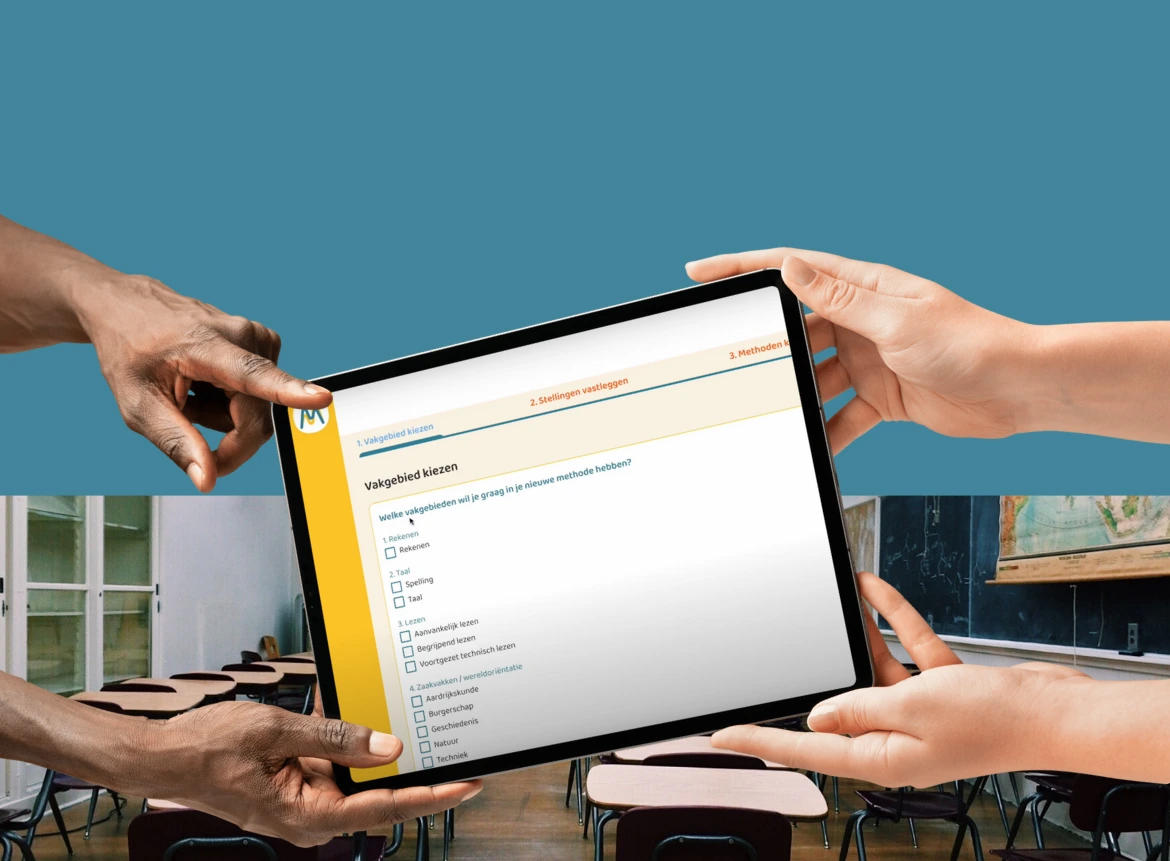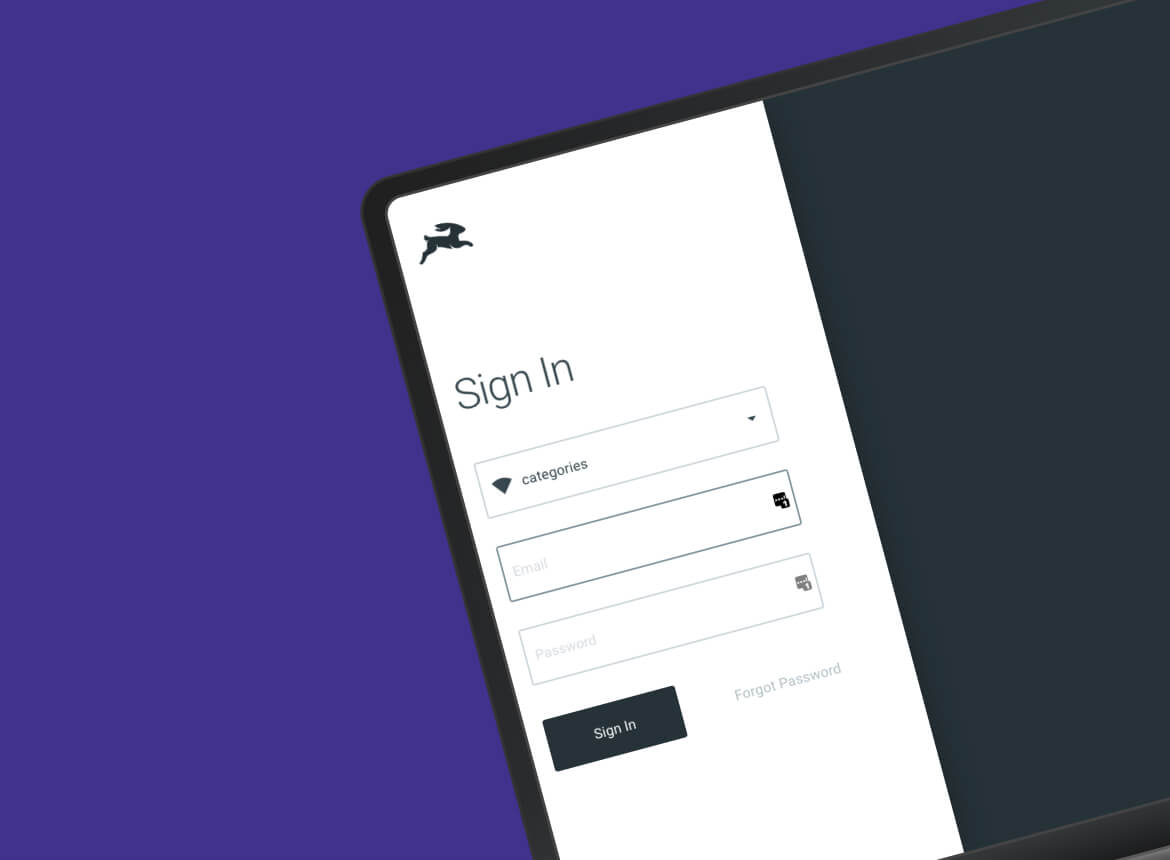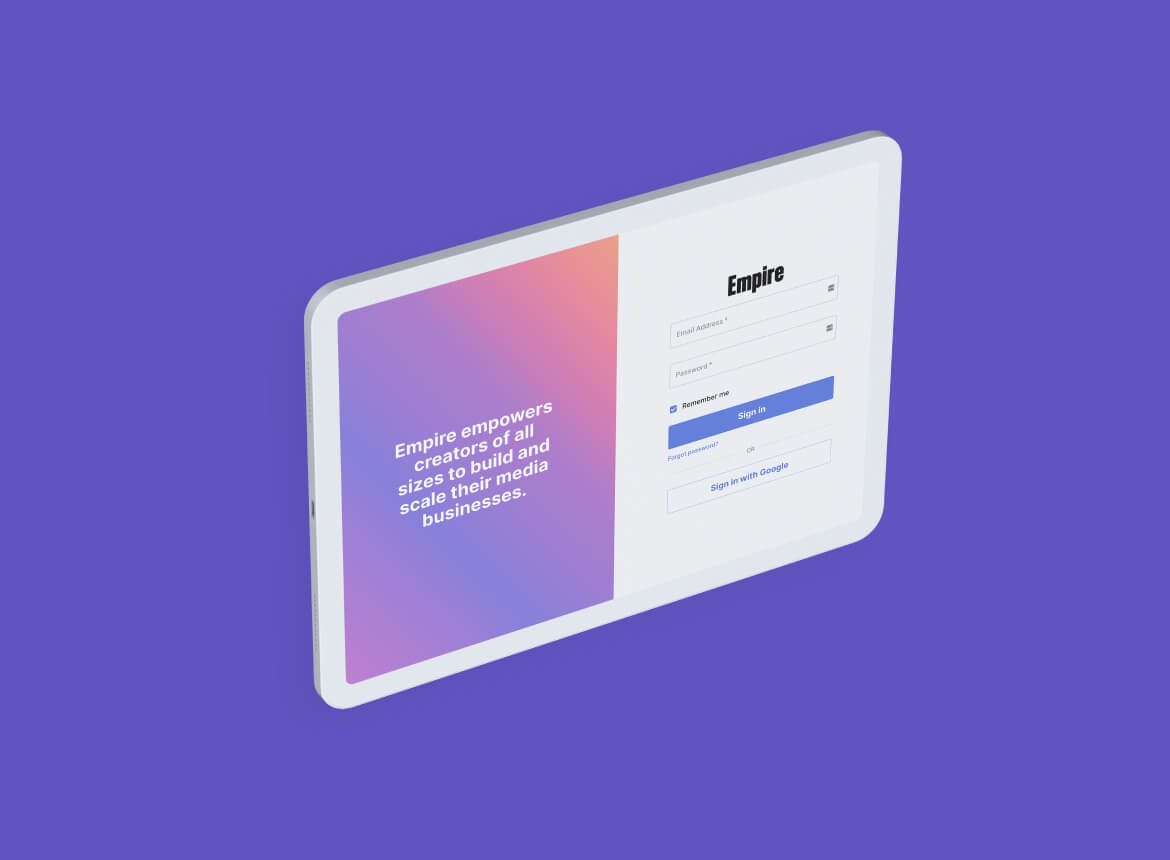Secure Code Review
We combine the speed of automated scanning with the precision of manual analysis to provide a comprehensive review of your application's source code.

What Is Secure Code Review?
Secure code review is the process, manual, automated, or hybrid, of inspecting source code to identify potential security issues. It focuses on uncovering:
Automated Code Review
Automated tools scan your codebase using predefined rulesets to quickly detect common security issues. This method is fast and scalable but may lack the ability to understand business logic or application context.
Manual Code Review
A human analyst reviews the code line by line to identify complex vulnerabilities and contextual risks that automated tools may overlook. Manual review excels at understanding developer intent, architectural nuances, and business logic flaws.
Our Approach

What We Look For
During a secure code review, we examine:

Authentication & authorization flaws

Input validation and output encoding

Improper error handling and logging

Hardcoded secrets or credentials

Insecure use of cryptographic functions

Business logic vulnerabilities

Insecure configurations and third-party integrations
Why Conduct a Security Code Review?
Catch Vulnerabilities Early in the Development Lifecycle
While penetration testing provides valuable insights into vulnerabilities in live applications, it is inherently reactive, issues are identified only after the application is deployed, and potentially already exploited. Security code reviews shift the focus earlier in the lifecycle, identifying flaws before they reach production and can be discovered by attackers.
Focused Audits on Your Most Critical Components
Take a hybrid approach to code review, combining industry-leading automated tools with meticulous manual analysis. Focus deep review efforts on the highest-risk areas of your codebase, such as authentication logic and user-supplied input handling, where the majority of security flaws are typically found.
Ongoing Code Review Integrated into Your SDLC
Sand-alone source code audits and continuous, integrated code reviews as part of your development process. By embedding security experts into your software development lifecycle (SDLC), every code push is reviewed by skilled professionals, making secure coding a natural part of your workflow.
Our Security Code Review Process
Well defined and best designed to safeguard your business from potential threats and ensure resilient systems.

Scoping & Planning
- Define the purpose of the review (e.g., compliance, risk reduction, pre-release check).
- Identify the scope: full codebase or specific components (e.g., authentication, API endpoints).
- Gather documentation (architecture diagrams, threat models, previous audits).

Environment Setup
- Gain access to source code repositories (GitHub, GitLab, Bitbucket, or live review with developers …).
- Configure code analysis tools and environments.
- Version control and relevant branches are aligned for review.

Automated Static Analysis
- Use tools like Semgrep, SonarQube, Truffle… to scan for common issues:
- Generate initial findings for prioritization.

Manual Code Review
Deep dive into high-risk areas:
- Authentication and authorization logic
- Input validation and output encoding
- Cryptographic implementations
- Access control mechanisms
Review architectural decisions, data flow, and trust boundaries.

Threat Modeling (Optional but Valuable)
- Analyze how data flows through the system.
- Identify entry points, sensitive operations, and threat vectors.
- Validate code against secure design principles.

Reporting
Deliver a detailed report including:
- Executive summary
- Technical findings with code references
- Remediation guidance
- Suggested improvements for secure development practices

Follow-Up Review (Optional)
- Reassess the code after fixes are applied.
- Validate remediation effectiveness.
- Ensure no new issues are introduced.

Findings Consolidation
- Correlate results from static tools and manual review.
- Remove false positives and prioritize findings by severity and exploitability.
- Include context for each issue (impact, risk, affected files, remediation suggestions).

Developer Debrief & Knowledge Transfer
- Conduct walkthroughs of findings with development teams.
- Provide best practices, code snippets, and secure coding recommendations.
- Align on remediation timelines and follow-up actions.

FAQ
A Source Code Review is a comprehensive assessment of your application’s codebase to detect security vulnerabilities, logic flaws, and inefficient coding practices. This process includes both automated scanning and in-depth manual analysis to ensure your application is secure and built on strong coding standards
A review can uncover a wide range of issues, including:
- SQL injection and other injection flaws
- Cross-site scripting (XSS)
- Broken authentication and session management
- Insecure cryptographic implementations
- Hardcoded secrets or credentials
- Poor input validation and unsafe data handling
- Logic errors that could lead to privilege escalation or data leakage
Source Code Reviews offer several key benefits:
- Early detection of security flaws before production deployment
- Reduced risk of data breaches and compliance violations such as GDPR and SOC2.
- Improved code quality and maintainability
- Increased developer awareness of secure coding practices
- Stronger security posture as part of a secure SDLC
Pricing depends on several factors, including:
- Size and complexity of the codebase
- Depth of analysis (full review vs. targeted audit)
- Technology stack used
- Timeframe for delivery
We use a hybrid approach that combines:
- Automated static analysis tools for wide coverage and efficiency
- Manual expert review for critical areas such as authentication, authorization, and user input handling
- Risk-based prioritization to focus efforts on high-impact sections of the code. We align our review methodology with industry standards such as OWASP, SANS, and secure coding best practices.
c
contact
Let’s discuss your cybersecurity needs with us
Drop us a line and we’re just 1 click away to make your projects ready












